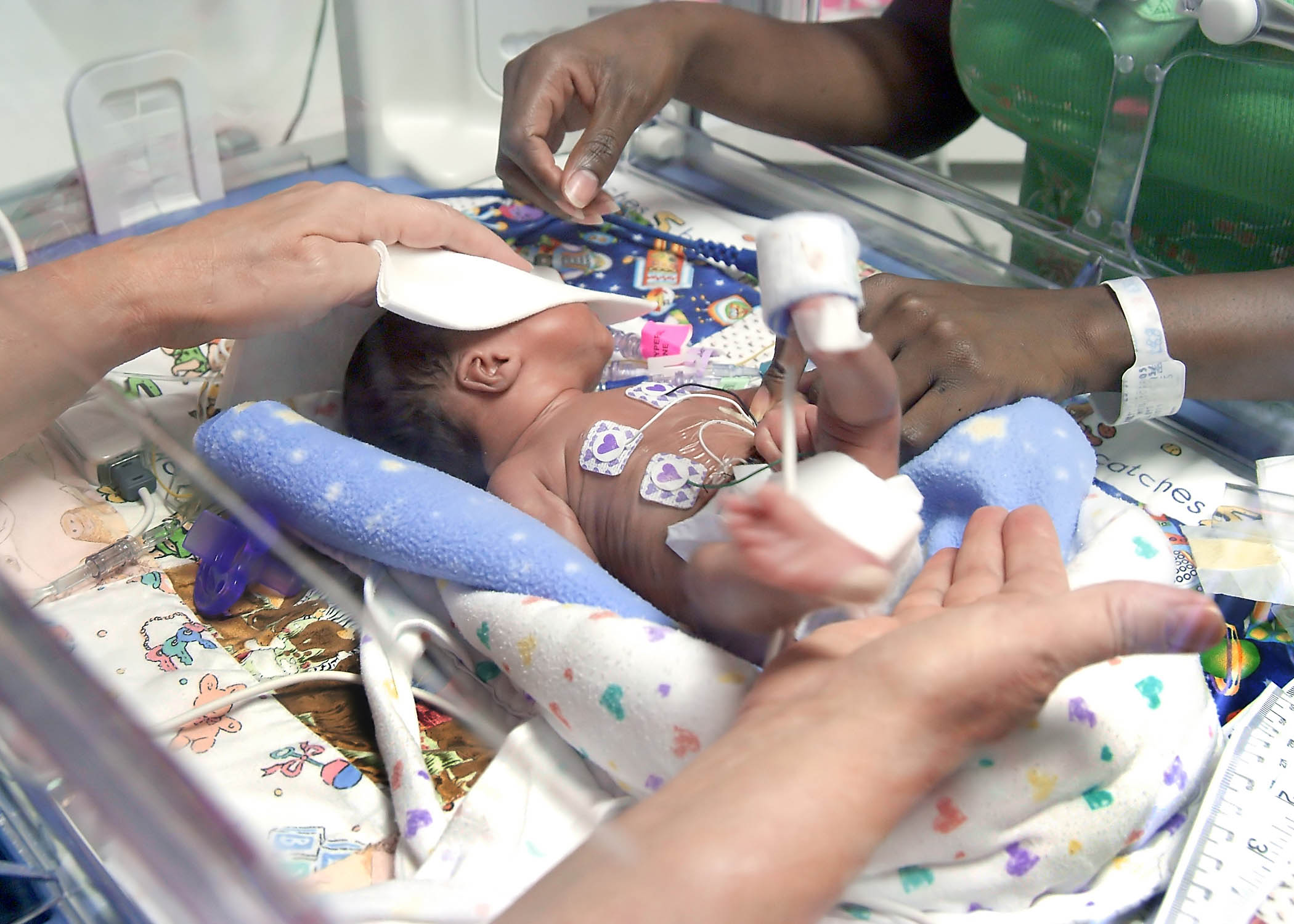Just One of “A Million Reasons to Give”
Building a new children’s hospital has presented many opportunities to enhance the environment to better care for pediatric patients. Golisano Children’s Hospital is proud to incorporate a new state-of-the-art technology in the NICU.
A new smartphone technology communication device will ensure the safety of critically ill newborns, and it will enable more efficient communication between caregivers by monitoring each baby’s vital signs and sending alerts to medical staff when a newborn is in need of immediate attention. This device will also allow hospital staff to interact between departments via text message.
To meet the needs of the growing Southwest Florida population, Golisano Children’s Hospital will not only be able to accommodate more children, the new NICU design will now provide single-patient rooms where parents, many of whom spend days or weeks at their child’s bedside, will be able to stay close to their babies 24/7. Research supports that newborn babies benefit greatly from their mother’s presence and touch.
This new technology will enhance the way infants are monitored real time in their rooms. This interactive system is just one example of the many lifesaving medical devices donors can purchase for the new Golisano Children’s Hospital through “A Million Reasons to Give.”
“The NICU has seen many important lifesaving advancements over the years, and smartphone alarm management and communication is one of those technologies on which health care professionals can rely to help us protect the little ones in our care,” said Kathy Bridge-Liles, chief administrative officer, Golisano Children’s Hospital. “It’s a critical component of the increasingly complex health care environment.”
Adding this new device to the NICU at the new Golisano Children’s Hospital will cost approximately $350,000, a large portion of the $1 million “A Million Reasons to Give” fund. In addition to the state-of-the-art equipment needed, the innovation will be incorporated into the new hospital’s information technology system and hospital staff will be expertly trained.
“We have learned from some of the leading children’s hospitals across the country that nurses felt too far from their babies in the new single-room NICUs, and this required changes in the way nurses are alerted to patient needs,” added Bridge-Liles. “Other NICU technology experts, including those at Golisano Children’s Hospital at University of Rochester Medical Center, introduced us to this new concept. We learned that this technology is critical to providing the highest quality of care to our patients and families.”


